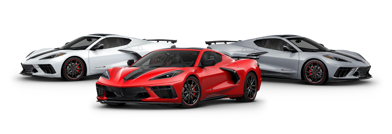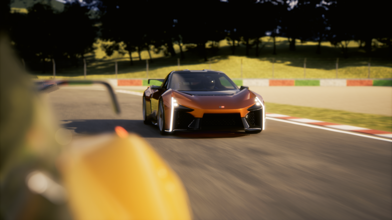You might assume that the senior VP of Global Design for an enormous company like General Motors may have, at best, a passing knowledge of small markets like New Zealand or Australia. More of a vague awareness that they exist than anything like in-depth knowledge, after all, they would have far bigger markets occupying their mind.
But that is where you would be very wrong, because the man currently in that exact position has a keen awareness of the market downunder, mainly because he played a major part in shaping the way it looked. Literally.
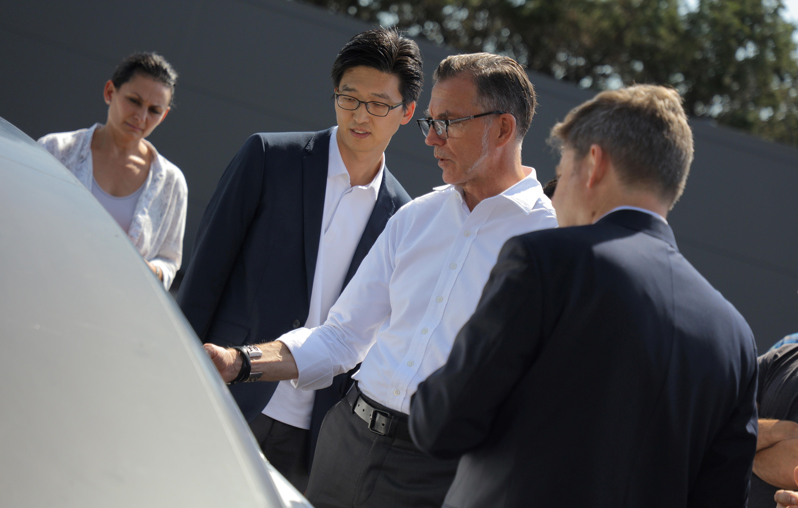
Mike Simcoe was born and raised in Melbourne, Australia, and like most car designers developed a fascination with cars at an early age. His formal education in design started at the Royal Melbourne Institute of Technology, where he received an Associate Diploma of Art Industrial Design, before joining GM's Holden division in 1983.
Simcoe was quickly promoted to senior designer in 1985 and chief designer in 1987, before being appointed director of design for GM Asia Pacific in 1995 and then director of design for GM Holden in 2001.
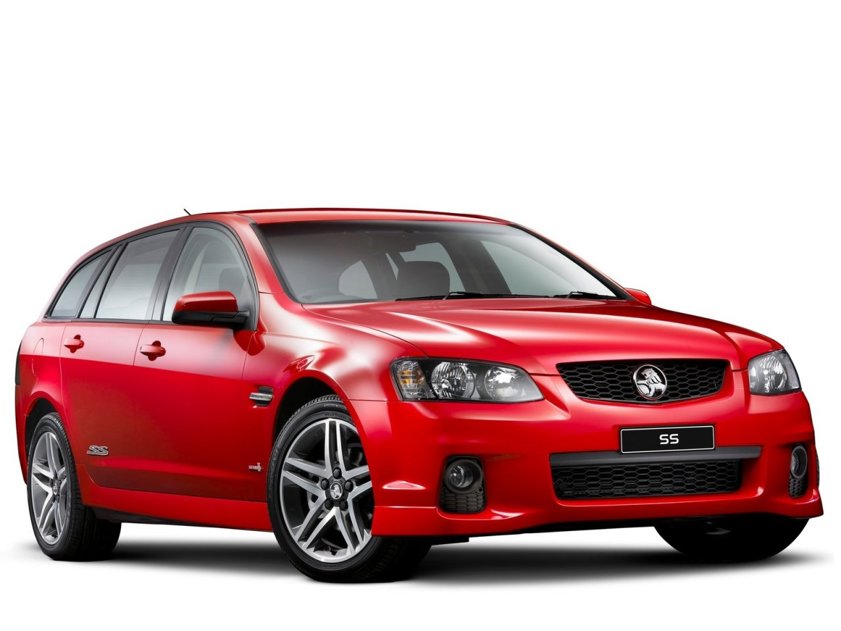
During this time he was responsible for designing the VX and VE Commodore, as well as the gorgeous Holden Coupe concept in 1998 that would go on to be put into production as the Monaro in 2001.
Climbing the GM corporate ladder, Simcoe now fills a role that only six other men have held in the history of the company, including a number of design legends like Bill Mitchell and Harley Earl.
With the impending launch of Cadillac in New Zealand and Australia next year, Simcoe spoke to local media about the challenges the company faces in getting buyers of Audis, BMWs, Lexus’ and Mercedes-Benzes to consider a brand that is more closely associated with flamboyant tailfins and shiny chrome in this part of the world.

But the Cadillac of today isn't all about tailfins and chrome (okay, there is still some chrome, just nowhere near as much) with cutting-edge tech displacing flashy bling, and according to Simcoe, the rise of EVs has been the best thing to happen to the iconic brand in decades.
“It was a chance to have another go at Cadillac,” he said during a video conference with media. “In my living memory, we’ve probably tried about five times to resurrect what was once a pretty storied brand. But in many ways, we didn’t give it the respect it deserved.”
The ability to build new models on a shared skateboard EV platform changed the way the company approached designing cars and saw the birth of a new all-electric flagship for the brand; the spectacular hand-built and Rolls-Royce-priced Celestiq sedan.
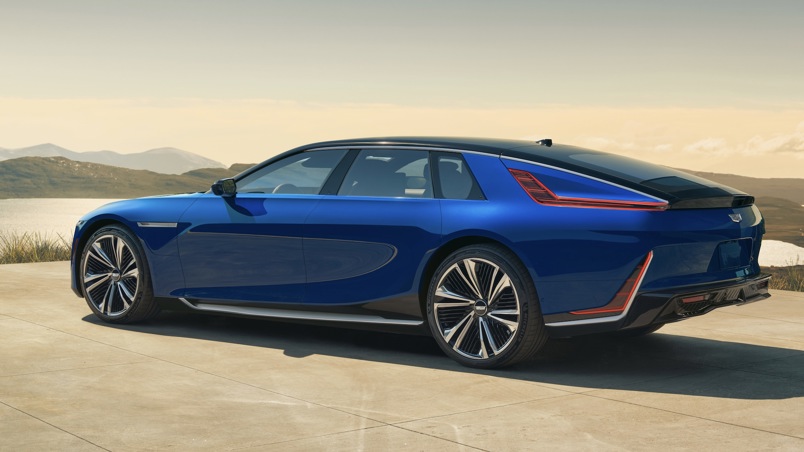
“It was an opportunity to take a lot of pent-up Cadillac expression, and throw it at a range of vehicles, starting with the Celestiq, the Lyriq, the Optiq, and a number of other vehicles that will be in the portfolio as we go forward. EVs allowed us to rethink how we present ourselves, what the brand represents.”
With the Lyriq SUV being the first to land in this part of the world later this year (making us one of the first export markets for the RHD model), and the smaller Optiq expected to follow shortly after, you might think Simcoe would be an enthusiasm proponent of the SUV as well, but, again, you would be wrong.
When asked about the withering presence of the sedan in the face of the SUV onslaught, Simcoe pauses to briefly consider giving the corporate approved answer, before dismissing that and simply saying “SUVs are a necessary evil.”
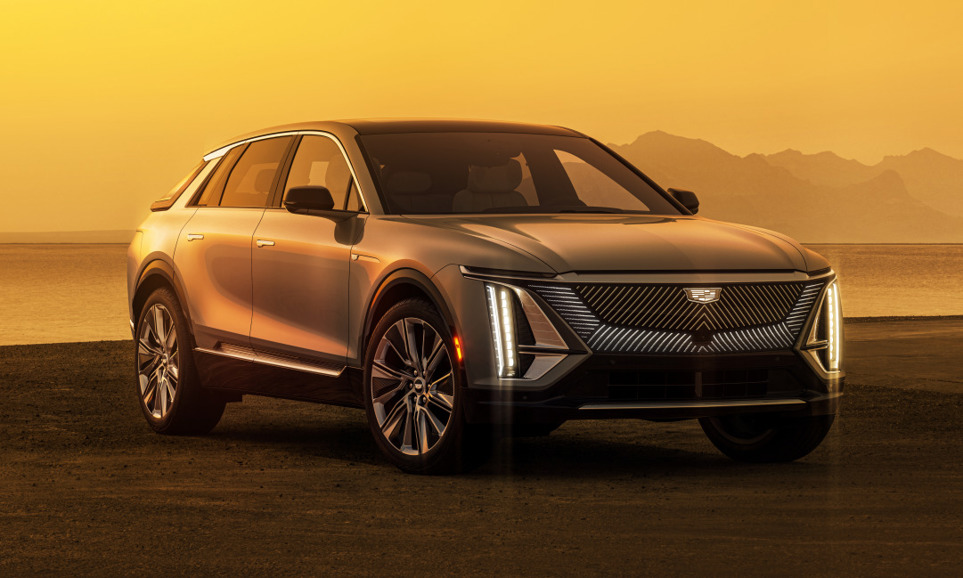
Describing the SUV as a “comfortable, rational purchase” that had taken over the market, Simcoe went on to assure us (and car enthusiasts around the world, really) that “sedans aren’t dead” and that there was very much room for a more affordable electric sedan (the Celestiq sells for a formidable NZ$550,000) in Cadillac’s line up.
"For those who can afford it, there's always a second car that isn't an SUV," he said on the subject of electric SUVs, before adding "We will certainly have [an electric] sedan in the portfolio at some point in the future."
But there is another reason Simcoe thinks sedans have a place in the EV future: aerodynamics.

“40 to 45 percent of the efficiency of a battery powered vehicle is the aerodynamics. So if you're pushing a brick through the air, it's using up energy. Take a low vehicle, whether it's a sedan or a low CUV, it's a lot easier.
“The next time you're passing an EV, lay on the ground and have a look underneath; you'll see what the commitment to aero efficiency is. Where companies would never have spent a lot of money in the past, there's panelling, close-out panels, proper ducting of breathing in the front end, close-outs on suspension, a level of detail right throughout the car.”
“Aero is a very understood black science. We have a lot of people who are very intelligent in that space, so we know what we have to do to make a vehicle perform."
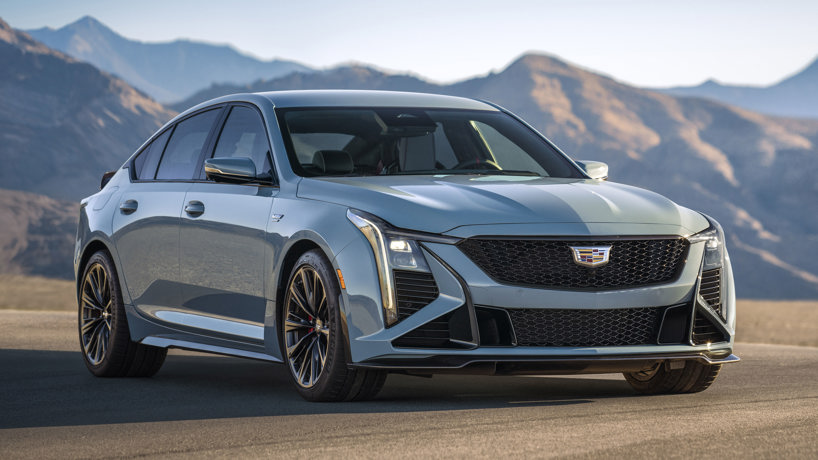
While designing and building a car is not exactly easy, it is arguably the easiest part of the complex equation of launching a brand into a new market, with the fickle beast that is customer preference playing the biggest part of any potential success or failure.
However, Simcoe says the fact that the New Zealand and Australian markets have so many different brands represented (more than 70) shows that the brand has a good chance of success, simply because it indicates a lack of brand loyalty.
“People (in our markets) will try stuff. So I don’t think we’ll have any problem getting people to at least step into a Cadillac to understand what it’s all about,” he says.

“One thing Cadillac has in its favour, right now, is we made the decision to move away from chasing the Germans, which is something that Cadillac has been doing for a while and not very successfully.”
Simcoe says that Cadillac, and particularly the Lyriq, offer something different: “[Looking at] the EVs available in [Australia and New Zealand] right now, I think Cadillac, particularly Lyriq, will do very well. Because I think in many cases, it does offer quite a lot more.”
As for what the future holds beyond the local debuts of electric SUVs, Simcoe was more reticent, despite persistent questioning about a possible high performance car to rival the likes of the Mercedes-AMG One and the Red Bull RB17 to follow Cadillac's entry into Formula 1 with Andretti Global.
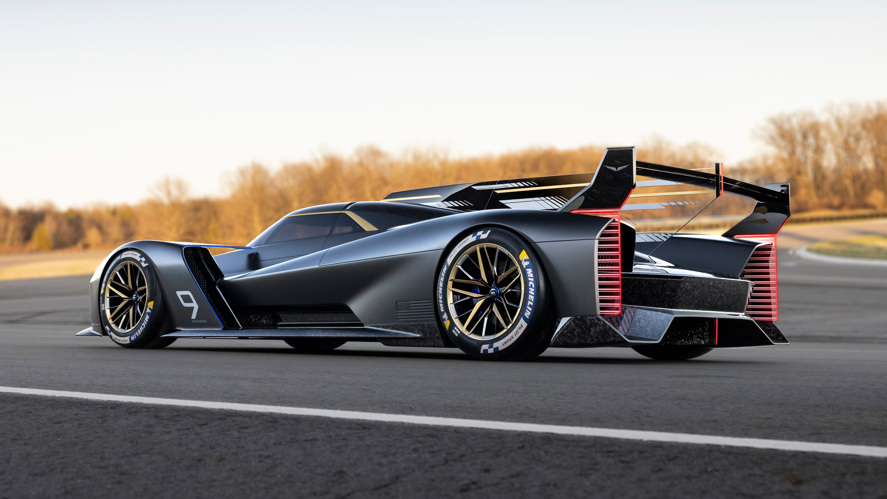
“Like the Blackwing and like the work in [sports car] racing right now, Cadillac is committed to performance,” he said.
Cadillac revealed the Project GTP hypercar concept back in 2022 as a road-going version of the company’s current V-Series.R Le Mans Prototype (LMP) car.
The V-Series.R is powered by a 5.5-litre naturally-aspirated petrol V8 that is boosted by a rear-mounted 50kW electric motor to produce 500kW, something that Simcoe says any potential future hypercar could emulate, despite Cadillac’s intention to go all electric by 2030.
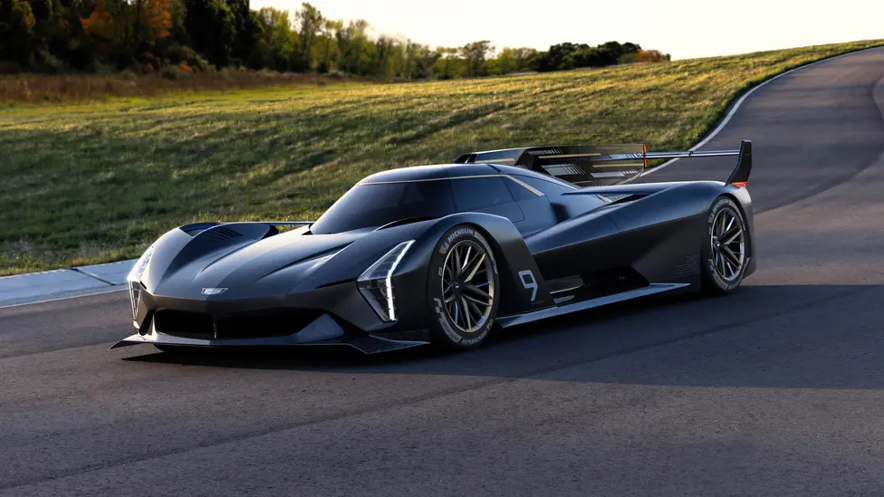
“No, it wouldn’t have to be [electric], but it could be,” he said.
“Whether it’s ICE or whether it’s EV, Cadillac is committed to performance, otherwise we wouldn’t be having the conversation around Formula 1 and we wouldn’t have branded it the way we have.”
While Simcoe refused to confirm whether a serious performance car was in Cadillac’s future, he certainly didn’t deny it either and when asked if the hypothetical hypercar would head down our way, replied “if there was a hypercar, no doubt we would.”
“Could we build a hypercar? Yes. Would we like to build one? Yes. Are we building one? That would be giving too much away…” he said.










